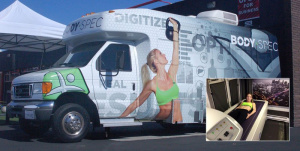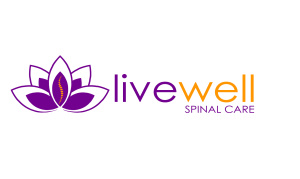By Flow Trainer, Mackennon Klink, BS, CSCS, PN1
As many as 30% of adults sleep fewer than six hours per night, which is the minimum amount of necessary sleep. If you think you can get away with fewer than six hours of sleep, allow me to drop some knowledge (also, you seem grumpy. You should probably take a nap). Sleep is one of the bear necessities of life (yes that is a Jungle Book reference) as it has a huge impact on quality of life. Just as we need food, water, and exercise – we need to sleep to survive.
Poor sleep quality can have a huge effect on your life by negatively impacting your workouts, recovery, sex life, mood, dietary decisions, and can lead to potential health problems (think obesity and hypertension). In fact, we get our muscular gains while sleeping. So, by not getting enough restful sleep, you are inhibiting the body’s ability to rebuild and restore your muscles.
Quick recap: a lack of sleep is associated with:
- Higher stress levels (isn’t work enough?!)
- Increased hunger
- Smaller muscles
- Sexual dysfunction and less sex
- Irritable behavior
- Earlier death
- Increased body fat
None of those sound appealing, thus having optimal sleep is a necessary priority. Remember: Your body needs at least 6 hours of daily sleep to prevent the above mentioned dysfunctions. I prefer to keep my intelligence, sanity, muscles, and life. Please, and thank you.
You may be thinking, “But Mack, I get plenty of sleep at night!”
How do you know if you need better quality sleep?
Do you:
- Wake up stiff and sore as a rock?
- Feel sleepy throughout the day, even with that morning quad shot espresso?
- Toss and turn during the night?
- Get sick often?
- Snooze through that alarm four or more days a week?
If one or more of these apply to you, then it’s time to improve your sleeping habits. Your lack of sleep is impacting your body more than you may know.
Here are 6 ways to improve your sleeping habits:
- Keep your room cool. By keeping the room between 65-69 degrees Fahrenheit, you fall asleep faster (faster to sleep = more sleep..simple math!), as well as sleep longer. If the room is cool your body doesn’t have to continually regulate which means you get deeper, more restorative sleep. In addition, while sleeping the body releases melatonin (one of our best anti-aging hormones). In a cooler room, more melatonin is produced = you look younger. #winning
- Keep your room as quiet & dark as a cave. Eliminate all light and noise in your room. This may seem like a no brainer, but you would be surprised at the number of individuals who constantly fall sleep watching either YouTube or Netflix. For the best sleep, avoid using electronics an hour before bed, especially the tv and smartphone. Melatonin is only released in the dark, so make your sleeping area as dark as a cave. Some white noise (i.e. a fan) may help some individuals fall asleep, but eliminate all light.
- Avoid afternoon. caffeine. As a coffee addict myself, I have no problem with coffee or caffeine – whether it’s to help wake up on those early days, for the extra boost in your workout or to increase alertness. However, caffeine has a six-hour half-life. If you have caffeine around 5pm, the effects won’t wear off until 11pm. In addition, caffeine disrupts sleep quality by decreasing REM sleep, the necessary deep sleep your body utilizes to recover from crushing your workouts.
- Avoid late workouts. Working out leaves your nervous system alert and active up to three hours afterwards. Limit your workouts to the morning or afternoon if you have difficulty sleeping post-exercise.
- Have some protein and/or carbs before bed. The phrase “eat after eight, gain weight” is a fallacy. To build a better body composition, your body needs both protein and carbs to have the necessary ingredients to build muscle while sleeping.
- Have a set evening routine. The body loves consistency! Your body prefers a regular wake up and sleep time. Avoid evening caffeine and stimulating lights from electronics and instead, practice relaxation techniques such as stretching, meditation, or reading that book you always wanted to but just don’t seem to have the time. By doing so, your body will increase melatonin and serotonin productions for a more restful sleep.
Sleep is often the forgotten component of fitness. In fact, it’s as equally as important as your workouts and nutrition. Without proper sleep, it’s difficult to see significant improvements in general health and/or fitness. Some of these tips will be easier to include in your routine, yet if you stick with these, you should be achieving more restful sleep and better gains. If not, check your overall stress levels. Stress, if not proactively dealt with, can significantly impact your sleep quality and overall health. Learning to cope with stress can, and will, make a big difference in your sleep and therefore overall health.
There are many other ways to improve sleep quality and quantity. Those are my 6 tips for better sleep.
Do you have any other tips or tricks to improve your sleep?
Drop a comment below, but for now it’s nap time….zzzzzz……
“Think in the morning. Act in the noon. Eat in the evening. Sleep in the night.”
~William Blake
References:
- Bach, E. (n.d.). Hack Your Sleep. Retrieved from https://bachperformance.com/hack-your-sleep/
- Rooney, M. (2010, September 09). You Snooze, you win. Wake up to the Significance of Sleep. Retrieved from https://www.ptonthenet.com/articles/you-snooze-you-win-wake-up-to-the-significance-of-sleep-3330/



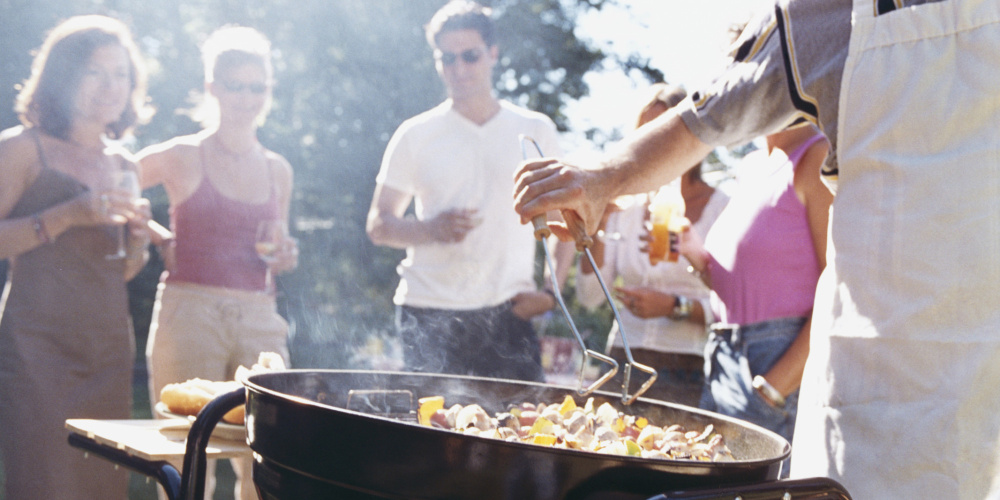
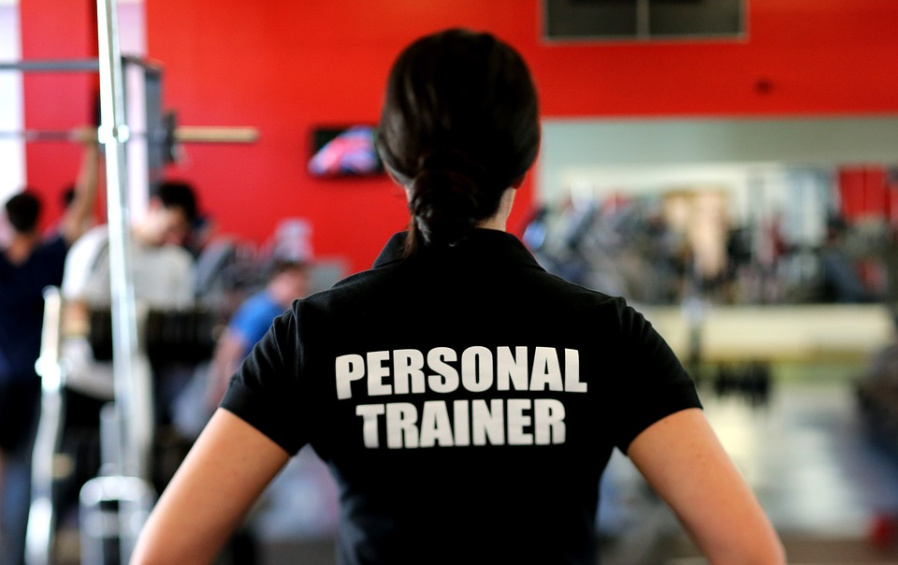
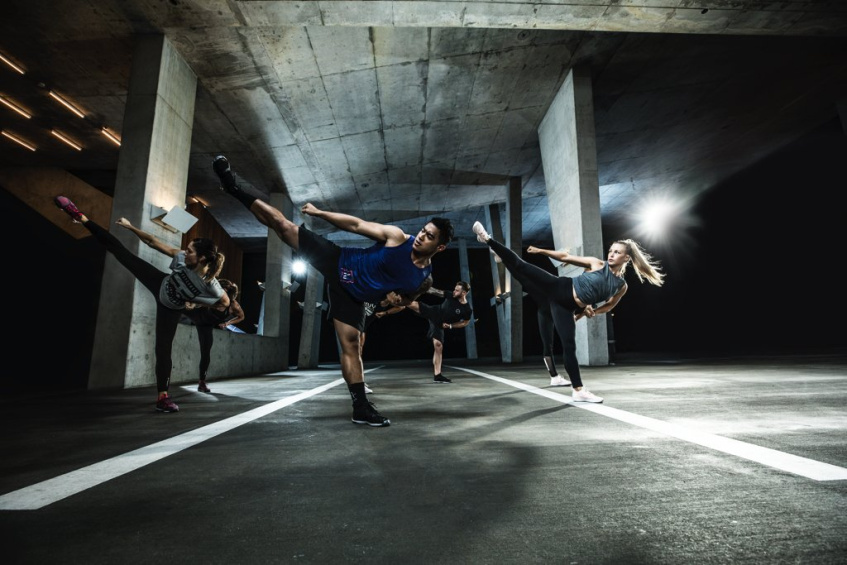

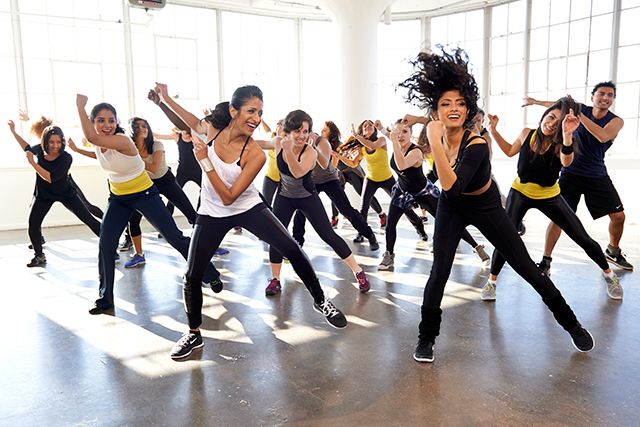

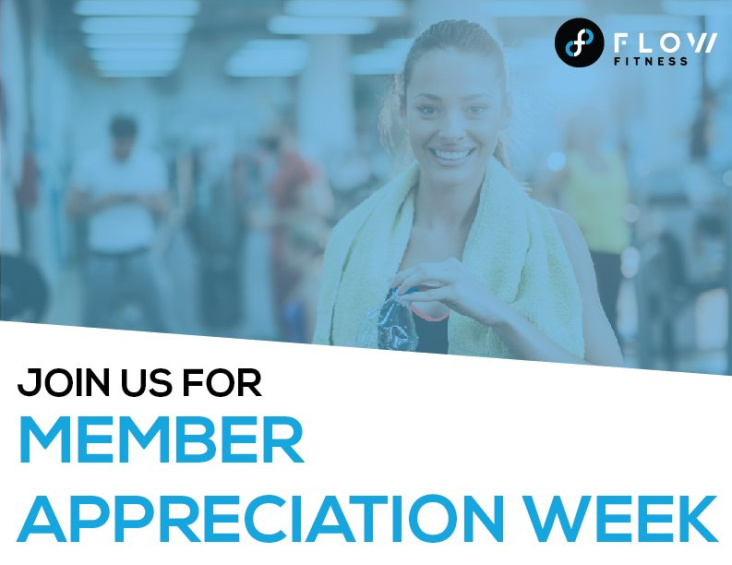
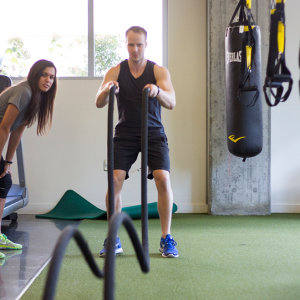

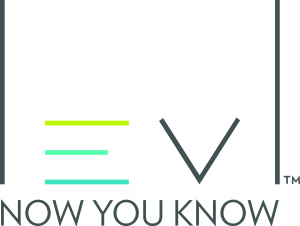 Levl
Levl  Want to improve your running form? Get a quick 15 minute video gait analysis from 11am-1pm. Run more efficiently and injury free. Sign up
Want to improve your running form? Get a quick 15 minute video gait analysis from 11am-1pm. Run more efficiently and injury free. Sign up  Mind & Meditation. 7:30-8:30pm A free, hour-long workshop that will give you a glimpse of how to tap into your full potential through the practice of a powerful breathing exercise and meditation. Sign up
Mind & Meditation. 7:30-8:30pm A free, hour-long workshop that will give you a glimpse of how to tap into your full potential through the practice of a powerful breathing exercise and meditation. Sign up  15 Minute Nutritional Consults with Jeannie Oliver, 11:30am – 1:30pm. Have a question about food or nutrition? Here’s your chance! Reserve your spot
15 Minute Nutritional Consults with Jeannie Oliver, 11:30am – 1:30pm. Have a question about food or nutrition? Here’s your chance! Reserve your spot 

